From precise slicing to uniform dicing, these are the basic knife cuts every home chef can master. Join us as we delve into knife skills and uncover the secrets to slicing, dicing, and chopping like a pro, transforming you into a more skilled and efficient home chef.

Want to save this recipe?
Enter your email & I'll send it to your inbox. Plus, get great new recipes from me every week!
This page may contain affiliate links; please see my disclosure for policy details. I earn commissions if you shop through the links on this page.
Why knife cuts matter
In the world of culinary arts, mastering basic knife cuts is a fundamental skill that sets amateurs apart from professionals. Knife cuts matter for several reasons, but the most important ones are uniform cooking rates, visual presentation and consistent texture.
With most cooking techniques, smaller pieces cook faster, while large pieces take longer. When all the pieces are of uniform size, you don’t have to worry about some being burnt while others are underdone; your ingredients will cook evenly. All of those same-size pieces reach an equal level of doneness simultaneously. This is key to improving your efficiency in the kitchen and directly impacts a meal's enjoyability.
We eat first with our eyes, and creating a visually appealing dish can elevate even the simplest ingredients. Precise and uniform pieces in consistent shapes make food look better. Combining the knowledge of cooking consistency with shape consistency also means that food will taste better because you know every bite will be the same bit of perfection.
By mastering knife cuts, you gain greater control over your cooking and enhance the overall quality of your culinary creations, two significant factors in elevating your skills from home cooks to home chefs.

Basic knife cuts
In a professional kitchen, the names of the cuts are based not only on the shape alone but also on the precise size of the final product. This article covers six of the most basic cuts: chopping, mincing, chiffonade (shredding), julienne and batonnet, dicing, brunoise, and slicing.
There is a strong possibility that you already use some of these techniques in your kitchen but don’t yet know it. Also included is an additional advanced cut that is surprisingly easy to do, fanning. It’s a style of cutting that is great for creating garnishes that make your food look and feel just a bit fancier.
Chopping
Chopping is the most basic of knife cut, and it’s used to cut food into irregular, rough or coarse pieces that are of similar size and shape but not exact. It’s used for preparing foods for soups, sauces and other preparation methods where the ingredients will be strained out or pureed.
To chop, hold the knife firmly in your dominant hand and wrap your fingers around the handle. Place your thumb and first knuckle on opposite sides of the handle or blade for stability and control. Then, cut through the food with a straight, downward-cutting motion. This is a perfect cut for casseroles, stir-fries or veggies for stew.
Mincing

Mincing is a very fine version of chopping. It breaks down the ingredients into small pieces that almost melt into a dish. It is often used for garlic, shallots and herbs like in the Baked Ricotta Dip, and is a great way to add flavor to a dish without altering the texture.
You must first chop the food into small, manageable pieces to mince. Then, place the tip of the blade on the cutting board, and rock the blade back and forth, using the back part of the blade to cut the food until you get the desired level of fineness.
Slicing
Slicing is another very basic knife cut. It refers to creating thin, flat pieces of the same thickness. It is one of the most common knife cuts for everything from bread to cheese, fruits and vegetables like carrots and celery.
To slice, cut the ingredient crosswise using evenly spaced, parallel slices. While it’s the same cut, when slicing a round vegetable, the result is a round instead of a slice.
Chiffonade (shredding)
Chiffonade cut, also called shredding, is a cut that creates a fine shred of equal thickness that is often used as a garnish or topping. It is often used for aromatic herbs and leafy vegetables like lettuce, cabbage and basil.
Stack the leaves together to chiffonade, then roll them into a log or cylinder shape. Use your chef’s knife to make even, parallel cuts of the same thickness. Thicker slices will create a thicker shred, while thinner slices will create thinly cut shreds.
Julienne and batonnet
Julienne and batonnet refer to different sizes of the same long, rectangular shape. A julienned cut is one-eighth inch by one-eighth inch by one to two inches, while the batonnet cut is twice the size at one-quarter inch by one-quarter inch by two to two and a half inches. Larger cuts of this same shape are what we cut for french fries, while a smaller version is the fine julienne that looks like thin strips.
To julienne, first square off your vegetable or fruit by trimming away enough of the vegetable to create four even sides, then trim the ends to create a solid square or rectangle shape. Next, slice the vegetable with lengthwise cuts of even thickness. Finally, stack the slices and slice them with parallel cuts of the same thickness as you used previously. These will be like a matchstick.
Dicing and brunoise

Dicing and brunoise cuts create small, perfectly cubed pieces. While brunoise refers to the smaller pieces, or small dice, typically around one-eighth inch square and made from julienne cut ingredients, large dice are larger cuts that can be further broken down into small quarter-inch, medium half-inch, and large three-quarter-inch sizes.
To cut the dice, you must first julienne your ingredients. Gather the sticks together and line them up against the blade of your knife. Then, cut them crosswise at the same thickness as you used to create the julienne or batonnet.
Fanning
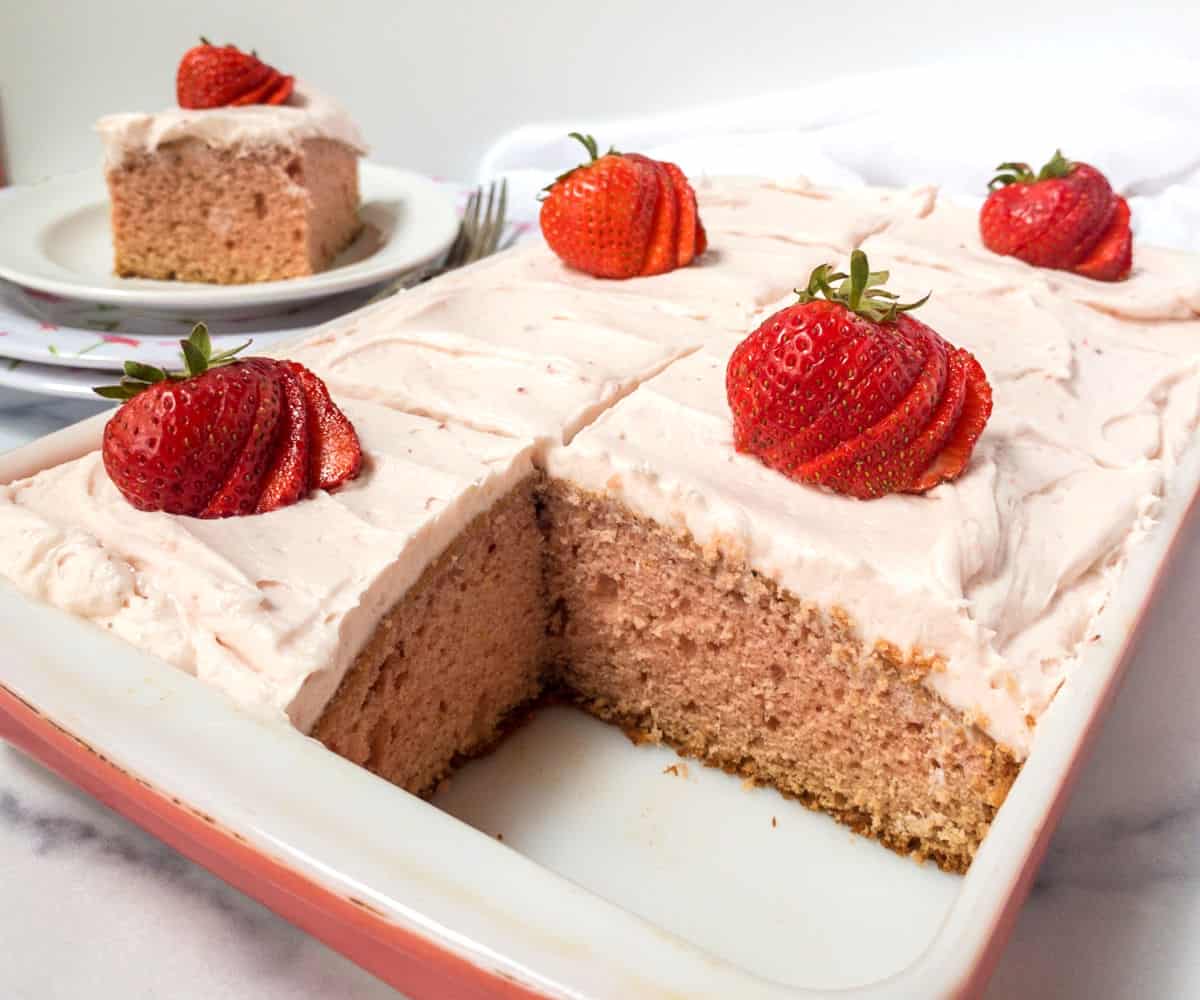
Fanning is not typically considered a basic knife cut, but it’s an easy-to-learn cut that creates fancy-looking garnishes that can really take your presentation skills to the next level, like the berries on top of this Strawberry Sheet Cake. Fanning is commonly used for strawberries, avocados and peaches.
To fan, keeping the stem end intact, use the knife blade's tip to make thin, parallel slices that go all the way through the ingredient from just below the stem to the opposite end. Holding on to the intact stem, gently spread the cut fruit or vegetable into a fan shape.
Equipment needed
Knives
For the home cook, various types of knives can be used in the kitchen. Two essential ones are the chef's knife and the utility knife.
The chef's knife is a versatile and multipurpose tool that can handle a wide range of cutting tasks. With a large, broad blade and a sharp edge, it is ideal for slicing, dicing, and chopping fruits, vegetables, and meats.
On the other hand, let's take a look at the utility knife. This knife's blade is narrower than a chef's knife. This design provides precision for cutting tasks where a chef's knife might be too unwieldy and a paring knife too petite. Utility knives can come with either a serrated or straight edge, making them versatile tools capable of handling a wide range of culinary tasks.
When it comes to purchasing knives, a moderate price range is usually preferred. While high-end, expensive knives are available on the market, they may not always be necessary for the average home cook. Buying this 3-piece knife set that includes a paring knife will help you get the cutting jobs done.
🔪 Knife Tips - Knife safety is always important. A dull knife will cause accidents, while a sharp knife will cut more precisely, minimizing the risk of accidents.
Cutting boards
Cutting boards come in different sizes and are made for specific purposes. It is important to use different cutting boards for produce and meat to prevent cross-contamination. Using separate boards reduces the risk of bacteria transferring from raw meat to fruits and vegetables.
Cutting boards for produce are usually smaller in size and are used primarily for chopping fruits and vegetables. They are often made of materials like bamboo or plastic that are easy to clean.
On the other hand, cutting boards for meat are usually larger to provide ample space for slicing and preparing raw meat. These boards are usually made of durable materials like wood or plastic, which can withstand cutting.
Wrapping Up
Mastering culinary knife cuts is a fundamental skill every cook should know. These techniques not only enhance the aesthetics of a dish but also contribute to consistent cooking times and even the distribution of flavors. Whether dicing, julienning or mincing, understanding and practicing these types of knife cuts can elevate one's culinary prowess and open up a world of creative possibilities in the kitchen. So grab your knife, sharpen your skills and embark on a culinary journey that embraces the artistry of precise knife cuts.
You'll need a knife for these recipes
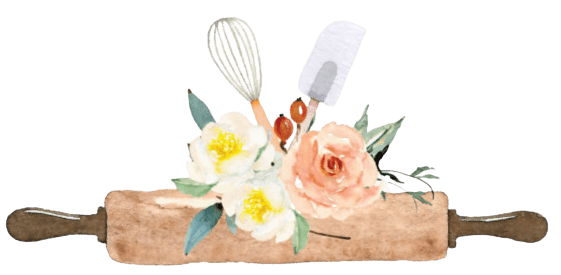
Subscribe here for more great recipes, and follow One Hot Oven for more tasty sweet and savory recipes! Pinterest | Instagram | Facebook
Thank you for stopping by the One Hot Oven blog. Please leave a comment to say hello or tell me what you are baking; I always love hearing from fellow bakers. Have any questions or want to chat about the recipe? Please visit my About page for information, and I’ll be happy to help!
About Jere'
From learning to cook on a farm in Indiana to culinary school in California, my passion for food is never-ending. Turning on my oven to bake something for friends and family is my happy place, and I am glad to be here at One Hot Oven sharing sweet and savory family-friendly recipes for your cooking and baking inspiration.





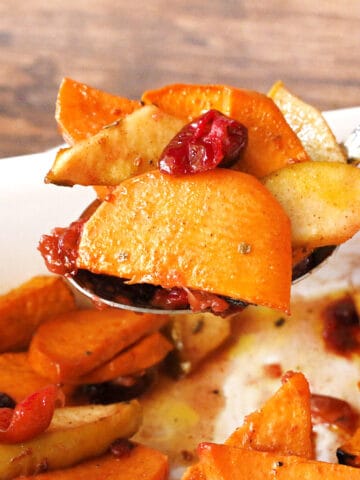
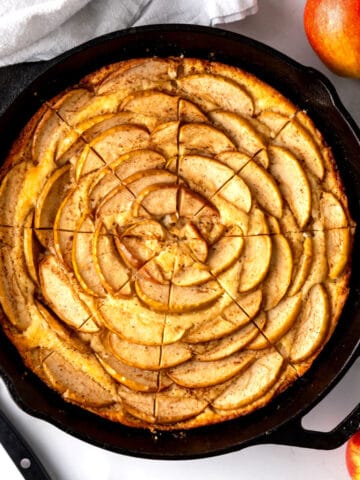
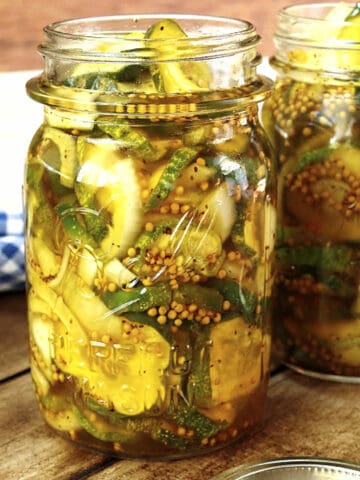
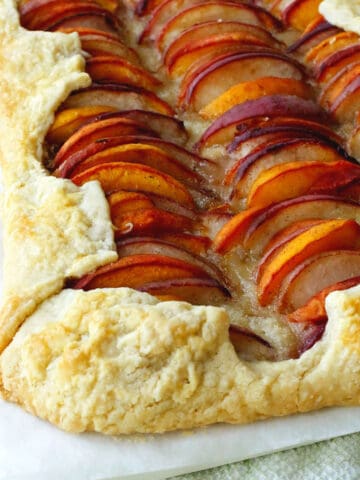

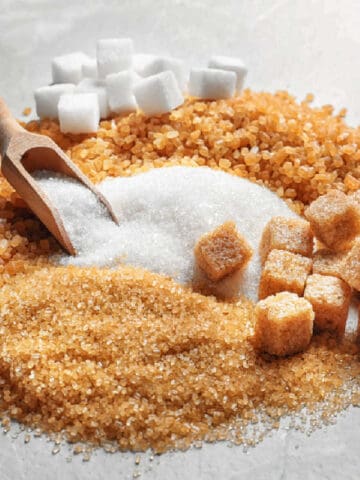
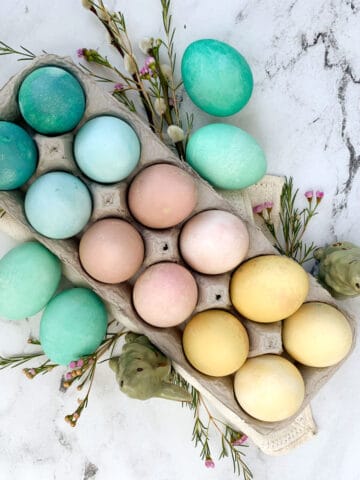
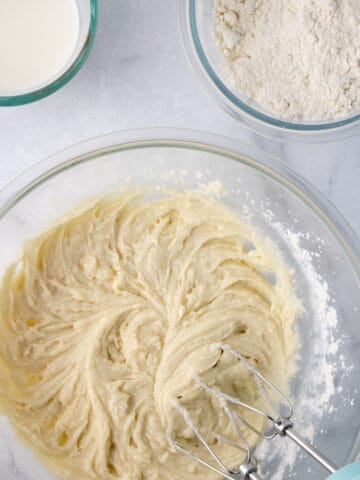

Julia
I've been teaching my nieces how to cook and one of them asked how she could get better at chopping and dicing foods. I found this post and used it as a kind of curriculum, showing them step-by-step how to chop, dice, and mince all sorts of things. We practiced on different veggies and herbs, plus some chicken, and used everything to put together huge salads. This is a very well laid out post and I found it very useful!